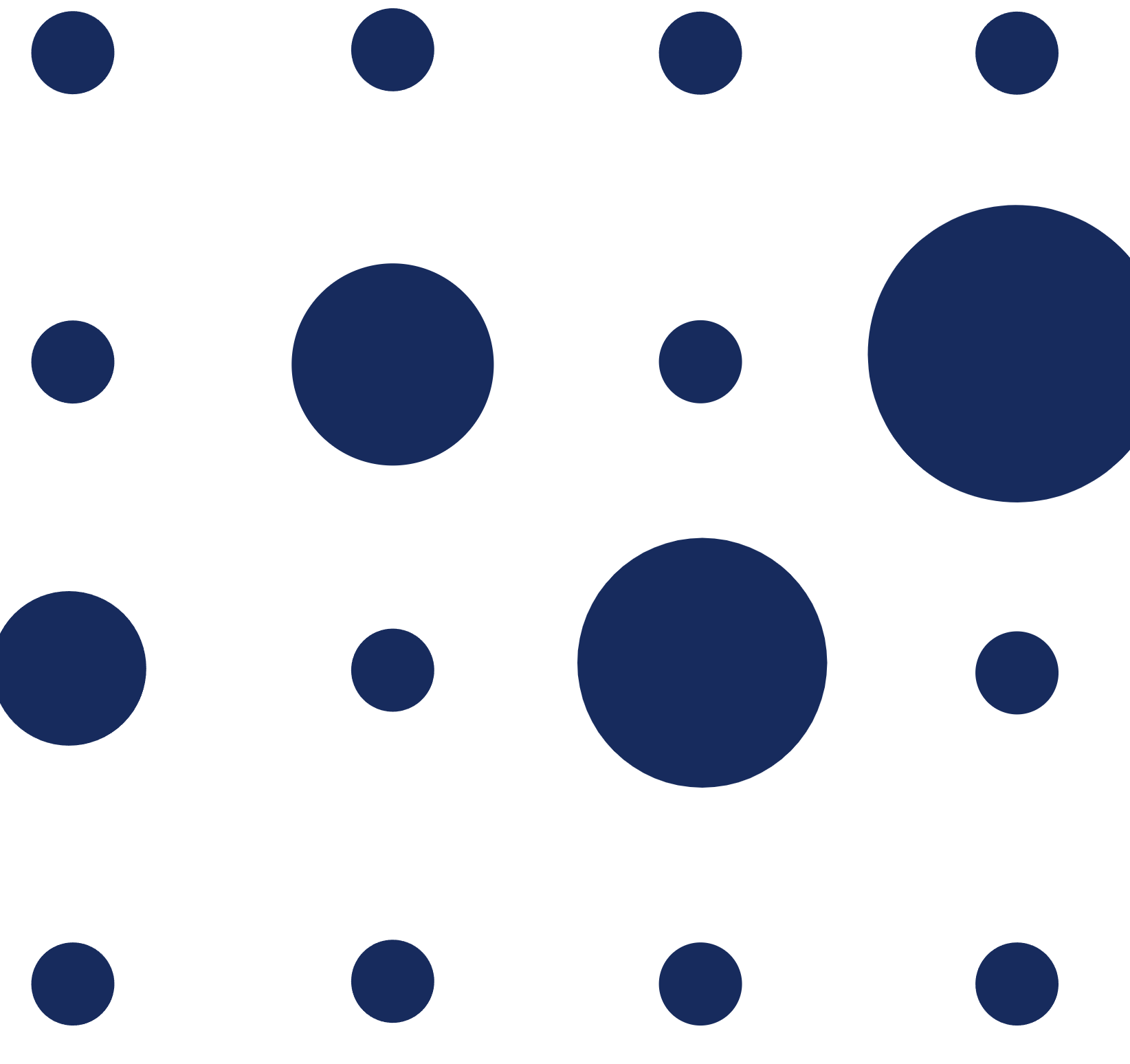
| Funding period: | Jan. 1, 2018 to Dec. 31, 2020 |
| Agency: | Volkswagen Foundation |
We acknowledge funding by the Volkswagen Foundation project "Pulse Alternating Current Synthesis of ZnO and TiO2: Structure and Photocatalytic Properties" (volkswagen)
In this project we propose to realize a new avenue into spin electronics ñ spintronics ñ by utilizing chiral organic molecules as building blocks for novel prototypical spintronic devices. The project is based on recent discoveries of the partners, in which they proved a spin-selective electron transmission through self-assembled monolayers of helical molecules (DNA, bacteriorhodopsin) and spin-selective electron conduction through single DNA molecules, reaching polarization values of up to 60% at room temperature. Further, a prototype of a chiral spin memory device has been shown. All partners contributed significantly to these discoveries and were involved in providing a first theoretical insight. We expect that a thorough understanding and theory-guided assembly of optimal chiral or helical nanostructures will yield functional spin-based devices such as memory, XOR gates, and spin-based transistors, which will be built and their function be evaluated. In a later stage laterally nanostructured spin-selective contacts and devices will be produced by dip-pen nanolithography.

| Funding period: | Jan. 1, 2018 to Dec. 31, 2020 |
| Agency: | Volkswagen Foundation |
We acknowledge funding by the Volkswagen Foundation project "Pulse Alternating Current Synthesis of ZnO and TiO2: Structure and Photocatalytic Properties" (volkswagen)
In this project we propose to realize a new avenue into spin electronics ñ spintronics ñ by utilizing chiral organic molecules as building blocks for novel prototypical spintronic devices. The project is based on recent discoveries of the partners, in which they proved a spin-selective electron transmission through self-assembled monolayers of helical molecules (DNA, bacteriorhodopsin) and spin-selective electron conduction through single DNA molecules, reaching polarization values of up to 60% at room temperature. Further, a prototype of a chiral spin memory device has been shown. All partners contributed significantly to these discoveries and were involved in providing a first theoretical insight. We expect that a thorough understanding and theory-guided assembly of optimal chiral or helical nanostructures will yield functional spin-based devices such as memory, XOR gates, and spin-based transistors, which will be built and their function be evaluated. In a later stage laterally nanostructured spin-selective contacts and devices will be produced by dip-pen nanolithography.